Horst Stöcker
Unifying Physics- and Data-Driven Modeling via Novel Causal Spatiotemporal Graph Neural Network for Interpretable Epidemic Forecasting
Apr 07, 2025



Abstract:Accurate epidemic forecasting is crucial for effective disease control and prevention. Traditional compartmental models often struggle to estimate temporally and spatially varying epidemiological parameters, while deep learning models typically overlook disease transmission dynamics and lack interpretability in the epidemiological context. To address these limitations, we propose a novel Causal Spatiotemporal Graph Neural Network (CSTGNN), a hybrid framework that integrates a Spatio-Contact SIR model with Graph Neural Networks (GNNs) to capture the spatiotemporal propagation of epidemics. Inter-regional human mobility exhibits continuous and smooth spatiotemporal patterns, leading to adjacent graph structures that share underlying mobility dynamics. To model these dynamics, we employ an adaptive static connectivity graph to represent the stable components of human mobility and utilize a temporal dynamics model to capture fluctuations within these patterns. By integrating the adaptive static connectivity graph with the temporal dynamics graph, we construct a dynamic graph that encapsulates the comprehensive properties of human mobility networks. Additionally, to capture temporal trends and variations in infectious disease spread, we introduce a temporal decomposition model to handle temporal dependence. This model is then integrated with a dynamic graph convolutional network for epidemic forecasting. We validate our model using real-world datasets at the provincial level in China and the state level in Germany. Extensive studies demonstrate that our method effectively models the spatiotemporal dynamics of infectious diseases, providing a valuable tool for forecasting and intervention strategies. Furthermore, analysis of the learned parameters offers insights into disease transmission mechanisms, enhancing the interpretability and practical applicability of our model.
Shared Data and Algorithms for Deep Learning in Fundamental Physics
Jul 01, 2021
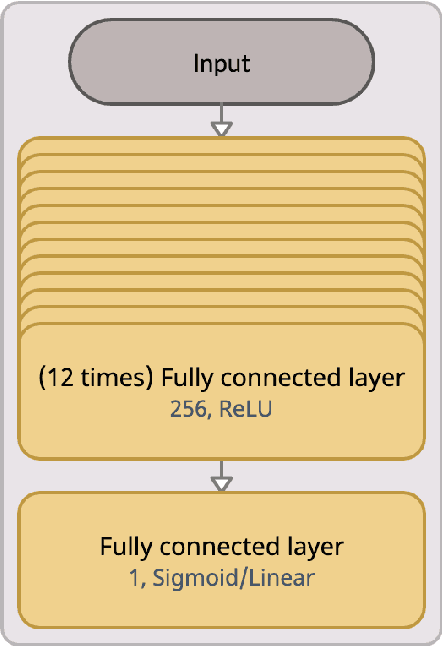
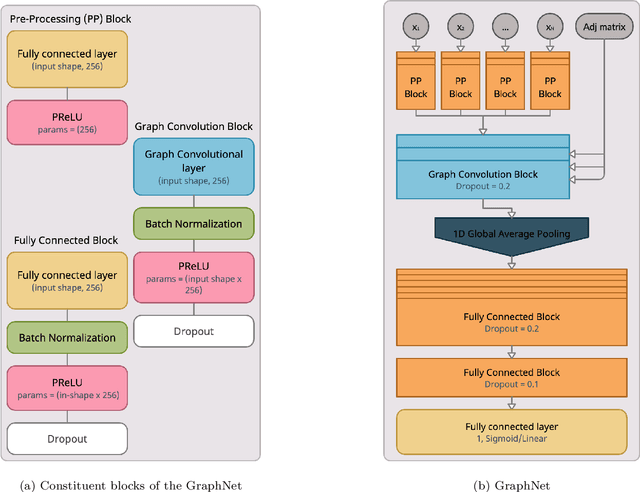

Abstract:We introduce a collection of datasets from fundamental physics research -- including particle physics, astroparticle physics, and hadron- and nuclear physics -- for supervised machine learning studies. These datasets, containing hadronic top quarks, cosmic-ray induced air showers, phase transitions in hadronic matter, and generator-level histories, are made public to simplify future work on cross-disciplinary machine learning and transfer learning in fundamental physics. Based on these data, we present a simple yet flexible graph-based neural network architecture that can easily be applied to a wide range of supervised learning tasks in these domains. We show that our approach reaches performance close to state-of-the-art dedicated methods on all datasets. To simplify adaptation for various problems, we provide easy-to-follow instructions on how graph-based representations of data structures, relevant for fundamental physics, can be constructed and provide code implementations for several of them. Implementations are also provided for our proposed method and all reference algorithms.
An equation-of-state-meter of QCD transition from deep learning
Aug 02, 2017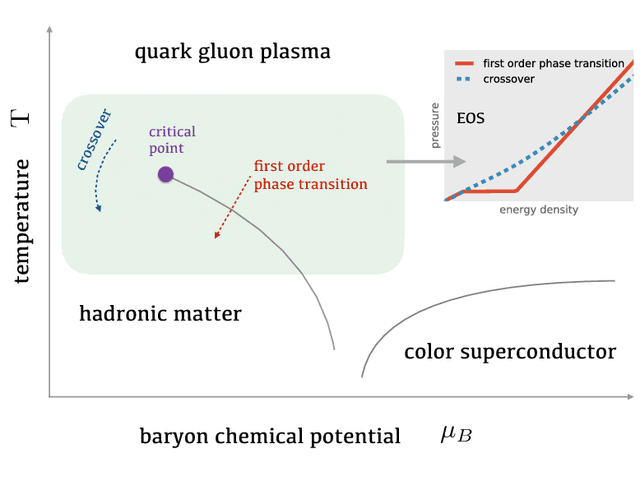
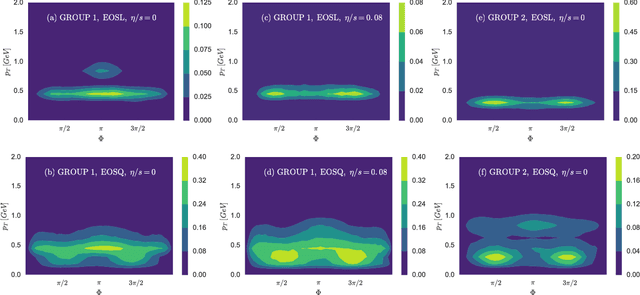
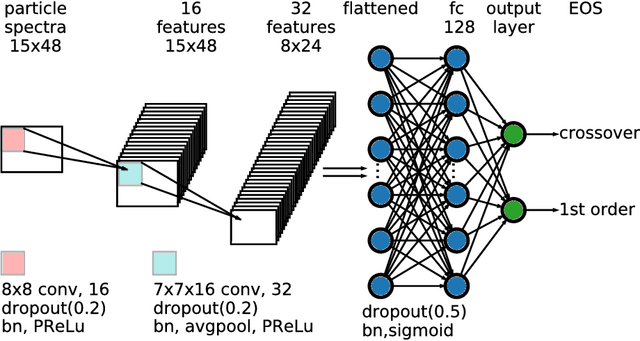
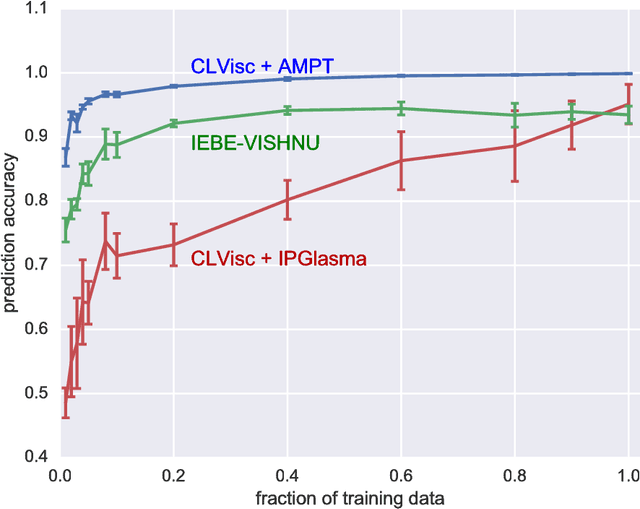
Abstract:Supervised learning with a deep convolutional neural network is used to identify the QCD equation of state (EoS) employed in relativistic hydrodynamic simulations of heavy-ion collisions from the simulated final-state particle spectra $\rho(p_T,\Phi)$. High-level correlations of $\rho(p_T,\Phi)$ learned by the neural network act as an effective "EoS-meter" in detecting the nature of the QCD transition. The EoS-meter is model independent and insensitive to other simulation inputs, especially the initial conditions. Thus it provides a powerful direct-connection of heavy-ion collision observables with the bulk properties of QCD.
 Add to Chrome
Add to Chrome Add to Firefox
Add to Firefox Add to Edge
Add to Edge